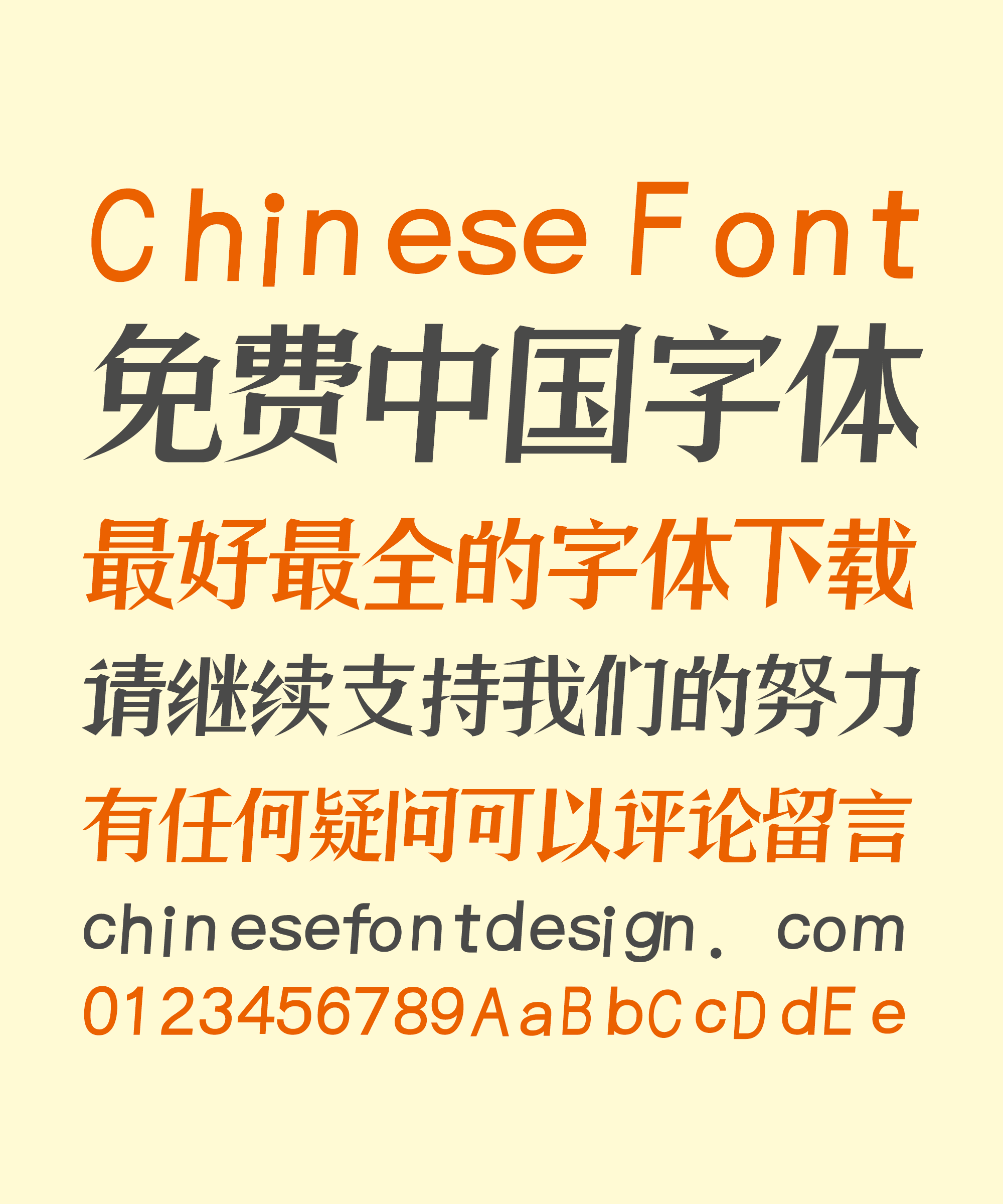


Some artistic fonts can even create a frightening or playful atmosphere. Results show that our model generates 80.3% of users’ preferred images compared with state-of-the-art models.įonts are important visual designs that often provide additional information, such as whether the current text content is formal or casual. To validate the generative ability of our model, we constructed an experimental font dataset of 847 fonts, each containing English and Chinese characters with the same style. To address this problem, we specifically designed the network into a multi-level attention form to capture both local and global features of the font style. Existing methods make this difficult to accomplish because of the abstraction of style and language differences. In many cases, we need to learn font style from one language and then apply it to other languages. Nevertheless, they only focused on the font style transfer in the same language. Most previous works addressed this problem by transferring the style of the given subset to the content of unseen ones. Automatic font synthesis is a challenging task and has attracted much research interest. In this paper, we propose a cross-language font style transfer system that can synthesize a new font by observing only a few samples from another language.


 0 kommentar(er)
0 kommentar(er)
